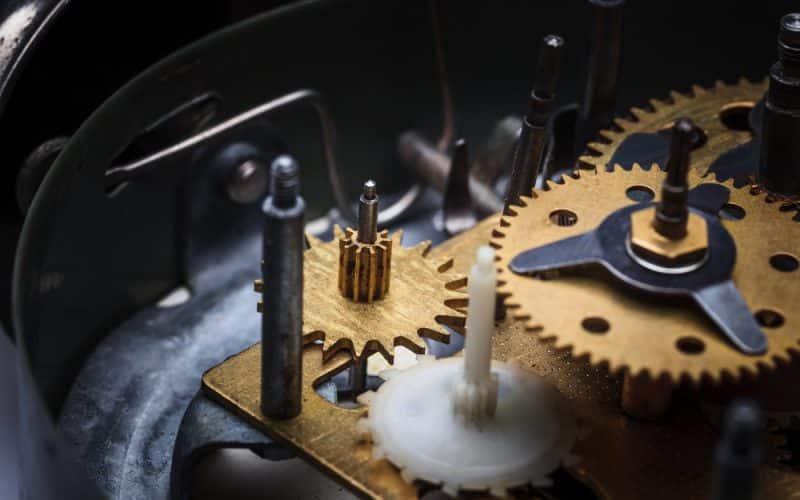In the intricate tapestry of manufacturing, metrology’s evolution has been marked by remarkable milestones. From the early days of manual measurements to the present era of automation, the landscape of metrology has undergone a transformative shift, shaping how we ensure precision and quality in manufacturing processes.
The Origins: Manual Metrology
Our journey began at a time when measurements were solely reliant on the human eye and hand. Manual metrology, rooted in craftsmanship and careful attention to detail, laid the foundation for accurate measurement practices. Skilled artisans wielded tools such as callipers, rulers, and gauges to measure and verify dimensions manually. This era, characterized by craftsmanship and artisanal skills, set the stage for pursuing accuracy in manufacturing.
The Industrial Revolution: Standardization Emerges
While metrology software products power the current metrology industry, the Industrial Revolution was the movement that brought about a surge in manufacturing activities, necessitating a standardised measurement approach. This era saw the development of standardised measurement tools and techniques, reducing variations and enhancing consistency in production. Precision became a critical factor as industries scaled up their operations.
The Birth of Automated Metrology
As technology evolved, so did the need for more efficient and accurate measurement processes. The mid-20th century witnessed the birth of automated metrology systems. Early automated systems utilised analogue technologies and mechanical components to streamline measurement tasks. This marked a pivotal moment as machines began to take on the role of measuring and verifying dimensions with increased speed and repeatability.
Computer-Aided Metrology: The Digital Revolution
The integration of computers into metrology systems heralded a new era. Computer-Aided Metrology (CAM) systems brought forth unparalleled accuracy and efficiency. The marriage of computers with measurement devices allowed for complex calculations and data analysis, enabling manufacturers to achieve levels of precision that were previously inconceivable.
Key Milestones in Computer-Aided Metrology
- Introduction of Coordinate Measuring Machines (CMMs): CMMs, introduced in the 1960s, revolutionised dimensional metrology. These machines automated the measurement process by employing computer-controlled probes to capture precise data points.
- Advancements in Optical Measurement Systems: Optical measurement systems, utilising lasers and advanced imaging technologies, further expanded the capabilities of metrology. These systems excelled in measuring intricate and non-contact surfaces.
- 3D Scanning Technologies: The advent of 3D scanners in the late 20th century marked a paradigm shift. Manufacturers could now capture three-dimensional data rapidly, enabling a more comprehensive understanding of the object being measured.
- Integration of In-Line and In-Process Metrology: Automation extended beyond the laboratory as in-line and in-process metrology systems emerged. These systems allowed for real-time measurements during production, enhancing quality control and minimising defects.
Today: Smart Manufacturing and Industry 4.0
In the present era, metrology has become an integral component of smart manufacturing in the context of Industry 4.0. The convergence of automation, data exchange, and advanced manufacturing technologies has given rise to interconnected and intelligent metrology software.
Key Characteristics of Modern Automated Metrology
- Internet of Things (IoT) Integration: Metrology systems are now interconnected through IoT, allowing for seamless communication between different components of the manufacturing process.
- Big Data Analytics for Continuous Improvement: The vast amounts of data generated by automated metrology systems are analysed using advanced analytics. Manufacturers leverage this data for continuous process improvement and predictive maintenance.
- Robotics and Automation Integration: Automated metrology is increasingly integrated with robotic statements, allowing for the autonomous measurement of intricate components and reducing the need for human intervention.
The Future: Artificial Intelligence and Beyond
As we look to the future, the trajectory of metrology points toward further innovation. Artificial Intelligence (AI) is poised to play a pivotal role, enabling metrology systems to adapt, learn, and optimise measurements in real-time. The combination of AI, machine learning, and advanced sensing technologies holds the promise of unlocking new frontiers in precision and efficiency.






